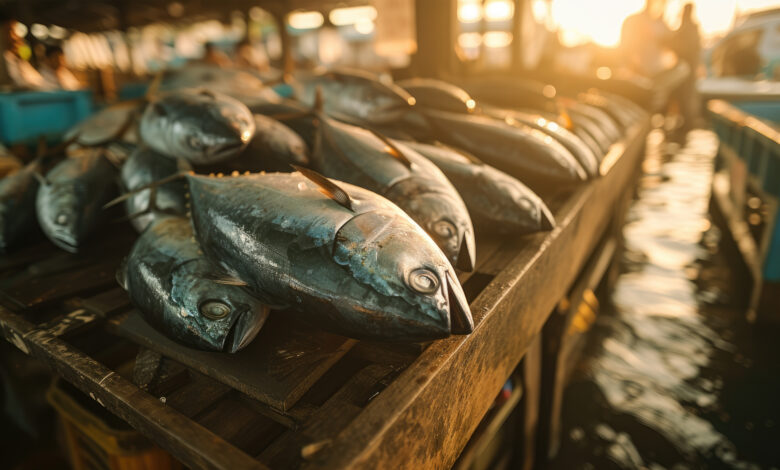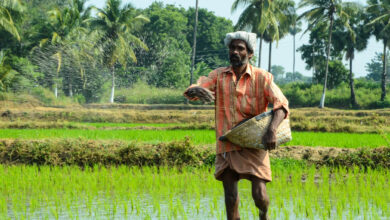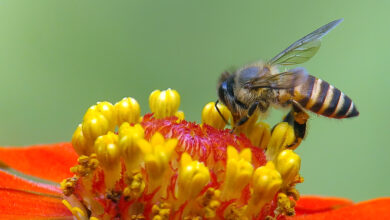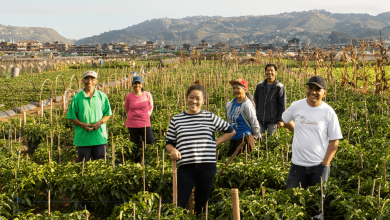
Fish Farming in the Philippines: A Comprehensive Guide
Fish farming, also known as aquaculture, plays a vital role in the Philippines’ economy and food security. With its rich aquatic resources and favorable climate, the Philippines offers abundant opportunities for fish farming. Let’s delve into the world of fish farming in the Philippines and uncover its potential.
Diversity of Aquaculture
The Philippines boasts a diverse range of aquaculture practices, including freshwater, marine, and brackishwater aquaculture. Tilapia, milkfish (bangus), shrimp, and seaweed are among the most commonly farmed species, catering to both domestic consumption and export markets.
Sustainable Practices
In recent years, there has been a growing emphasis on sustainable aquaculture practices to mitigate environmental impact and ensure long-term viability. Integrated multitrophic aquaculture (IMTA), which combines the cultivation of different species to optimize resource utilization and minimize waste, is gaining traction among fish farmers.
Government Support and Regulations
The Philippine government provides support to fish farmers through programs aimed at improving productivity, promoting sustainable practices, and ensuring food safety. Regulatory bodies such as the Bureau of Fisheries and Aquatic Resources (BFAR) oversee the aquaculture sector and enforce guidelines to maintain industry standards.
Challenges and Opportunities
Despite its potential, aquaculture in the Philippines faces challenges such as disease outbreaks, environmental degradation, and market fluctuations. However, advancements in technology, increased investment, and greater awareness of sustainable practices present opportunities for growth and innovation in the sector.
READ: 8 Great Benefits of Eating Fish
Role in Food Security and Livelihoods
Fish farming contributes significantly to food security and livelihoods in the Philippines, especially in rural coastal communities. Small-scale fish farmers play a crucial role in meeting local demand for seafood and generating income for their families.
Emerging Trends
Aquaponics, a sustainable farming method that combines aquaculture with hydroponics, is gaining popularity among urban farmers and enthusiasts. Additionally, fish processing and value-added products present additional avenues for diversification and market expansion in the fish farming industry.
Fish farming in the Philippines holds immense potential as a source of food, income, and economic development. With the right support, sustainable practices, and innovation, the aquaculture sector can continue to thrive and contribute to the nation’s prosperity. Whether you’re a seasoned fish farmer or a newcomer to the industry, exploring the opportunities in fish farming can lead to a rewarding and fulfilling endeavor.



